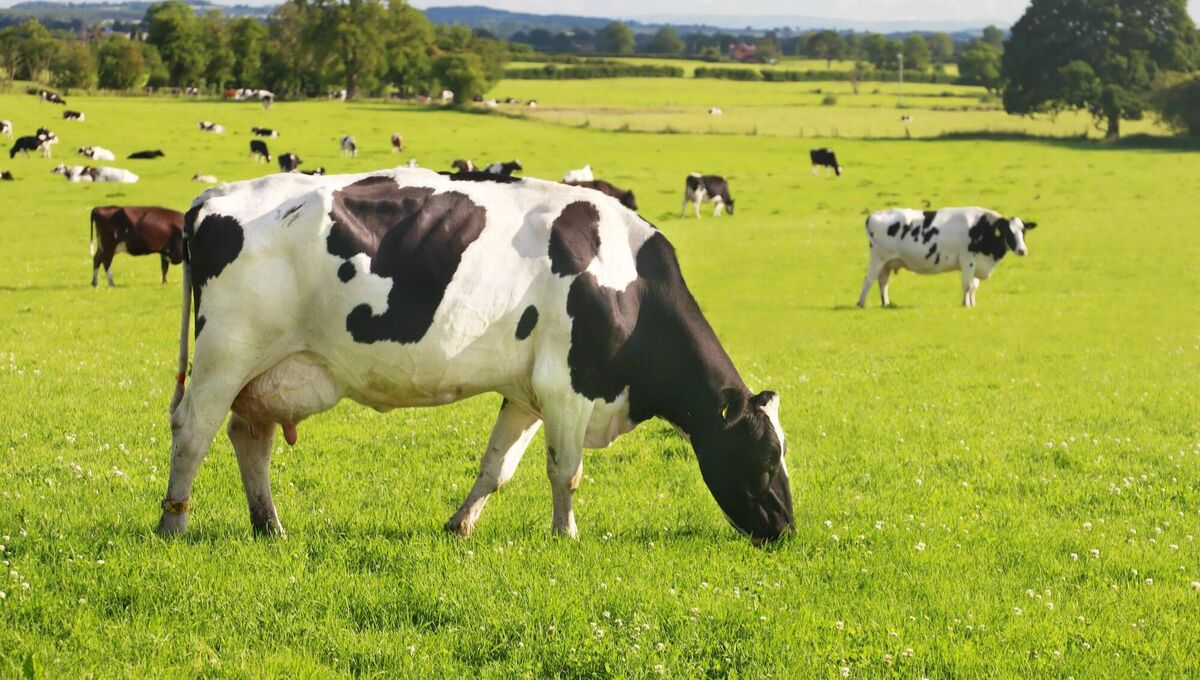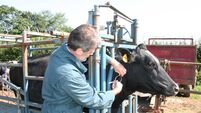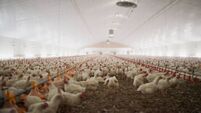Irish dairy farmers enjoyed ‘best net profit margins from milk production in EU’

A new report from Teagasc and CIT critically evaluates the Irish dairy industry with reference to the investments in processing capacity and seasonality. File Picture.
A new report on the Irish dairy industry and its position relative to a number of EU Countries, and New Zealand, has been launched in a collaborative effort between Teagasc and Cork Institute of Technology (CIT).
The report titled ‘An Analysis of the Irish Dairy Sector Post Quota’ highlights the phenomenal growth in the dairy sector post quota and points to Ireland’s position regarding milk prices in relation to The Netherlands, Denmark, Germany, France, and New Zealand in relation to the milk prices farmers receive.
The report goes on to critically evaluate the Irish dairy industry with reference to the investments in processing capacity and seasonality.
“Across the five year period 2014 to 2019 when milk prices are compared using the LTO (Monthly Milk Price comparison for milk), the Irish milk price was lowest of the EU countries considered, with the Dutch milk price the highest,” Dr Declan O’Connor, CIT, said.

“An average difference over the period of 5.2c/Lwas reported between the Irish and Dutch, with the other EU countries falling between these two.
“The Irish milk prices however followed the commodity market returns for skim milk powder and butter during this period.” Meanwhile, Teagasc researcher, Dr Laurence Shalloo, pointed out that when the profitability of milk production was compared across the countries, even though the Irish farmers received the lowest milk price, their cost base was substantially lower, resulting in the highest profitability.
“The report evaluates the impact of the seasonal nature of Irish pasture based systems on milk price and the impact of expansion investment on money available to pay a higher milk price,” he continued.
“The research found that Irish dairy farmers enjoyed the best net profit margins from milk production among Europe’s dairy farmers by a considerable distance, in the period 2014 to 2017.
“The higher milk prices paid across Europe only partly compensate for the higher costs of production incurred by dairy farmers in those countries.
“The Irish net margin was the biggest, despite a perception that returns from milk production in Ireland are lower, due to the milk price paid in Europe.
“This is achieved substantially because of lower production costs.”
The report goes on to highlight that dairy processing capacity utilisation in Ireland stands at approximately 62% when averaged over the full year, which compares utilisation levels of over 90% in the other EU countries.
This, added the report, shows “under-utilisation of processing capacity results in higher processing costs which combined with Ireland’s product mix is the major factor in determining the lower milk price paid in Ireland.









